
Photos from the 1960s in Toronto that make the city look almost unrecognizable today
In the later half of the 1960s, Toronto became a modern city. Yes, we managed to build a single-line subway a decade before, but it was the arrival of two buildings that dramatically transformed Toronto: New City Hall (1965) and the TD Centre (1967, first tower).
Both structures were the work of accomplished international architects and both were unlike anything the city had seen before. An elevated photo of Viljo Revel's City Hall on opening night looks quite distinctly as though it announces the arrival of the future in Toronto.
At the outset of the decade, Toronto's skyline was a collection of sepia-toned banks, hotels and church steeples. It was a quiet place relative to today, and far more conservative.
The restaurant scene was virtually non-existent and good luck finding booze on Sunday or anywhere in the Junction, for that matter. But for all the apparent dreariness, places like Yorkville and Yonge Street south of Gerrard were alive with activity, both day and night.
The former was a hub of hippie culture and a musical incubator for the first half of the '60s before eventually giving way to the more retail-driven culture that defines the neighbourhood to this day.
Another major development in the 1960s, seen particularly in some of the aerial shots of the city outside the core, was the dawn of apartment block housing.
Between 1959 and 1969, large-scale concrete apartments appear en masse to house the city's growing population, one which is less tied to the downtown core than ever before.
The suburbs began their ascent in the '50s, but it's the following decade in which development kicked into high gear.
The Toronto of this period has been termed a "boom town" for all the changes that took place in such a short period of time. With a new subway and expressways, the city grew up a lot in the 1960s, a process that would, arguably, only increase in the decade that followed.
Here's a look back at what Toronto looks like in the 1960s.
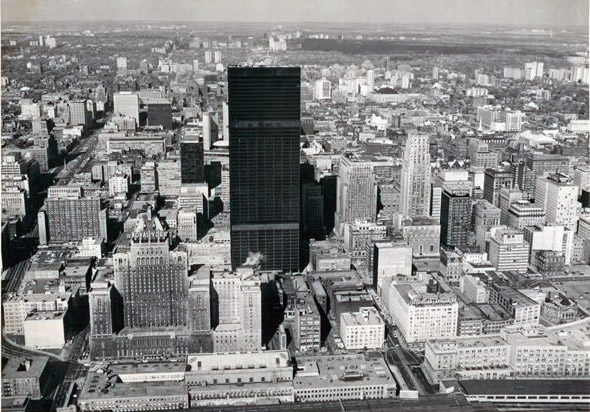
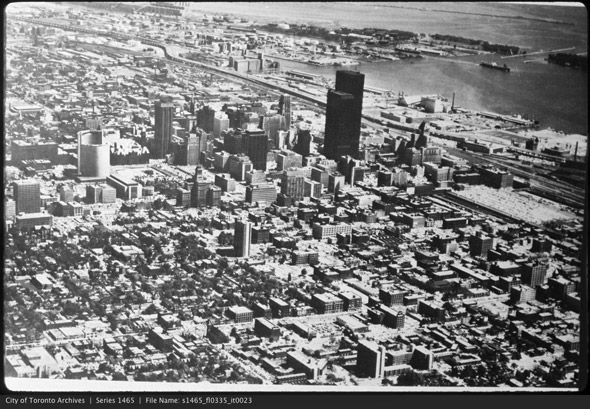
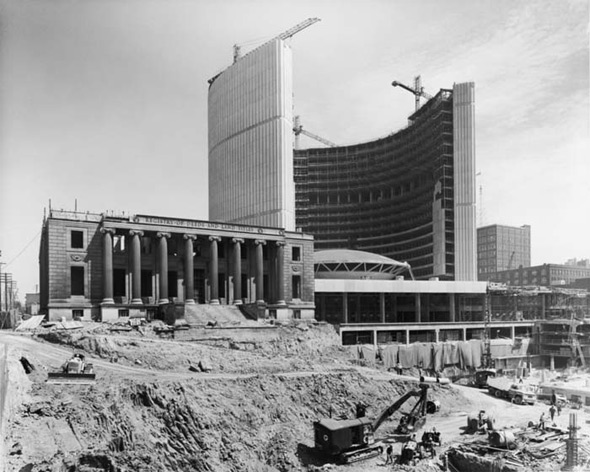
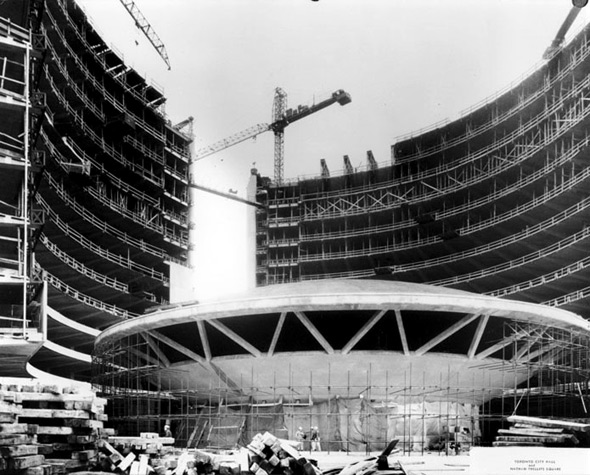
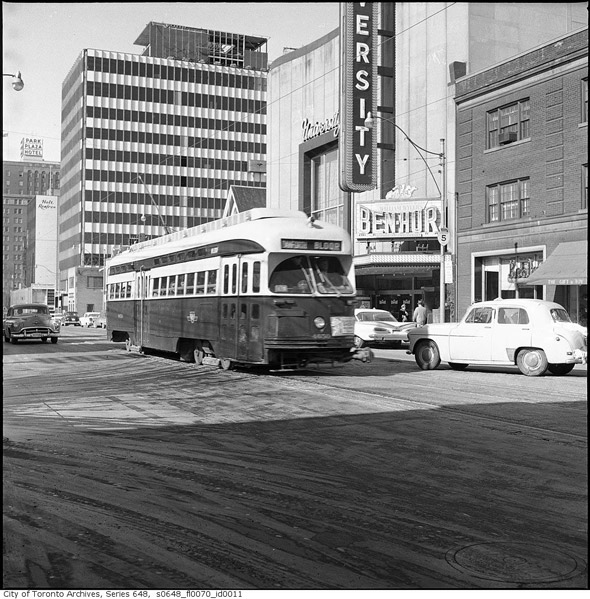
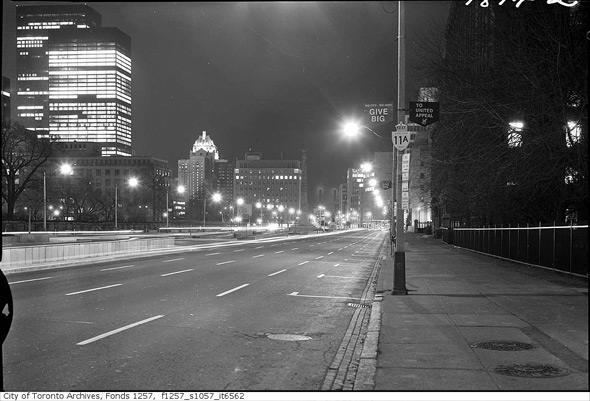
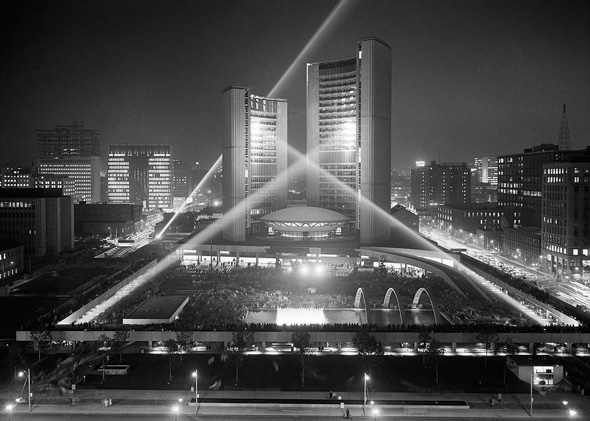
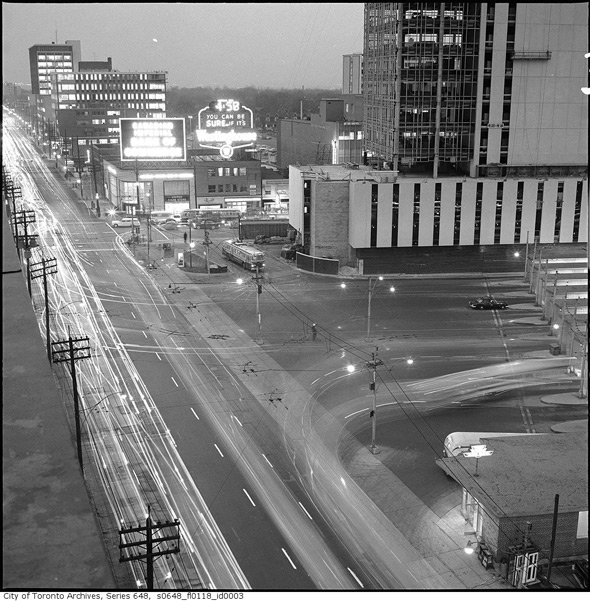
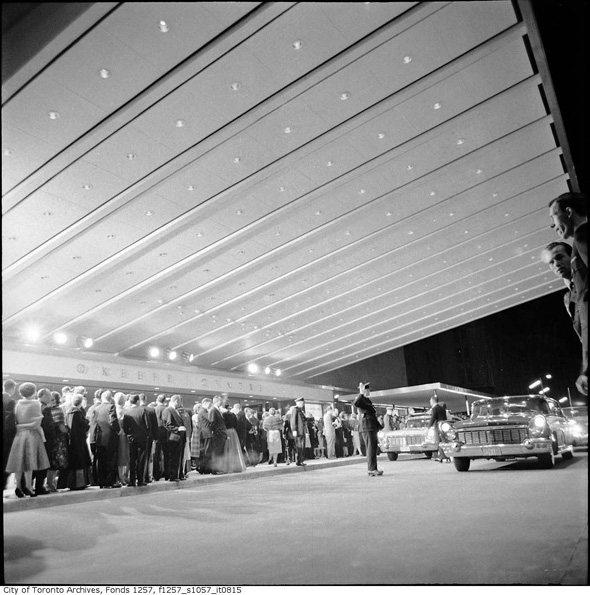
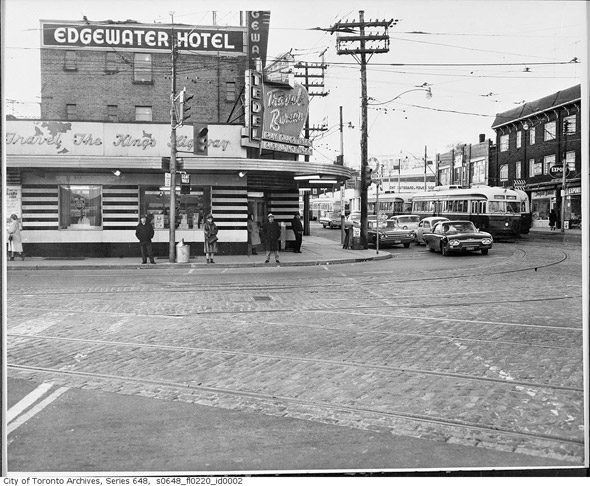
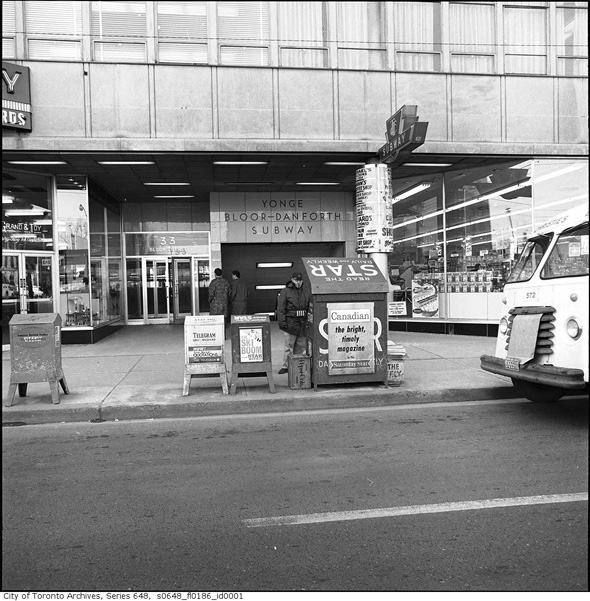
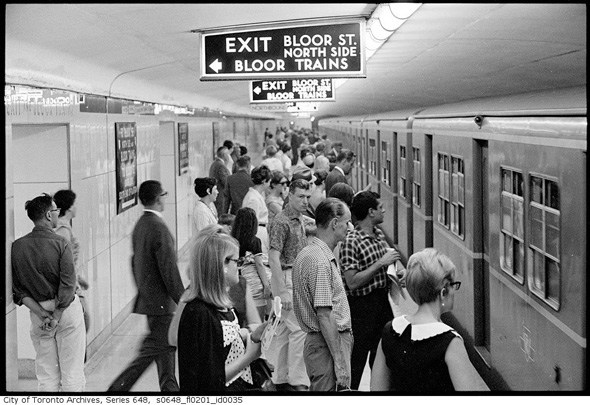
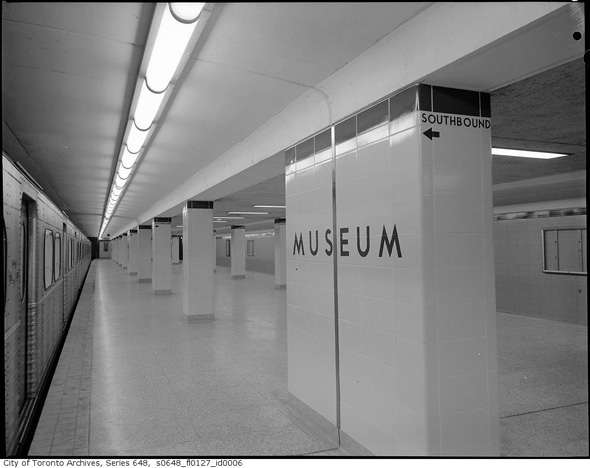
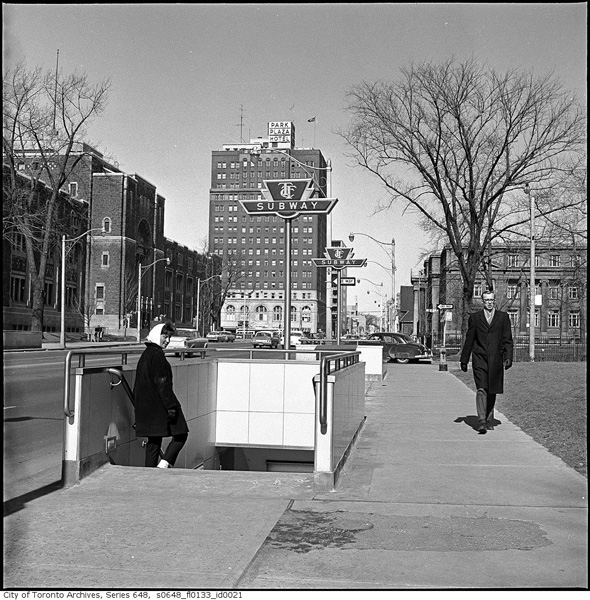
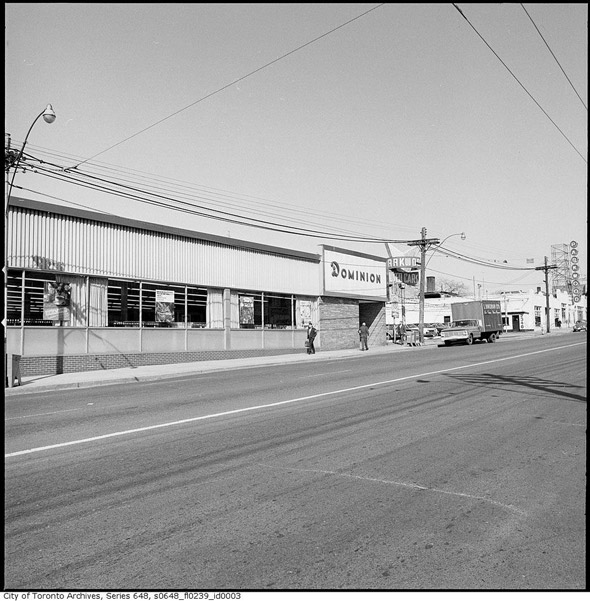
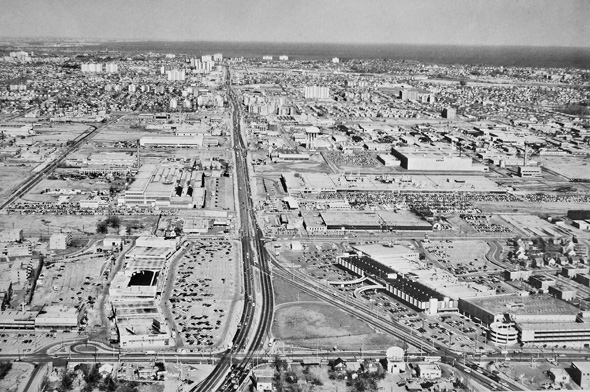
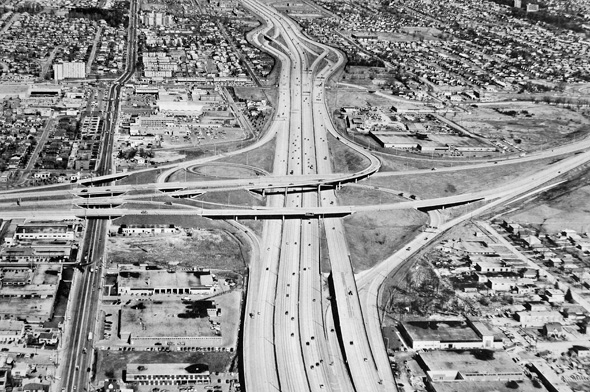
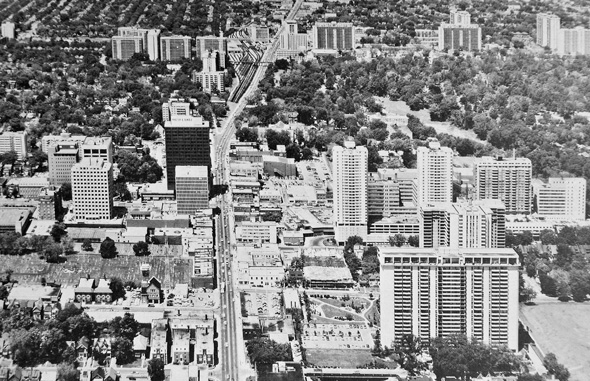
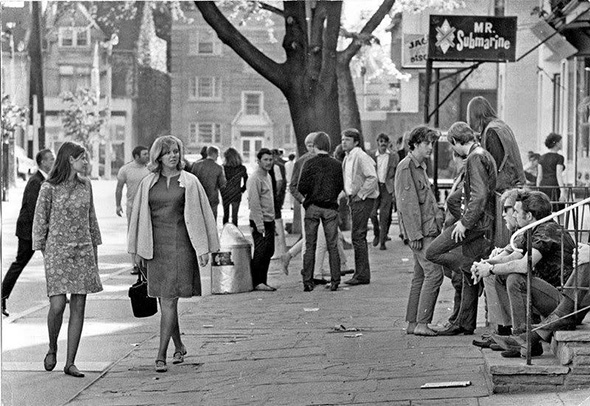

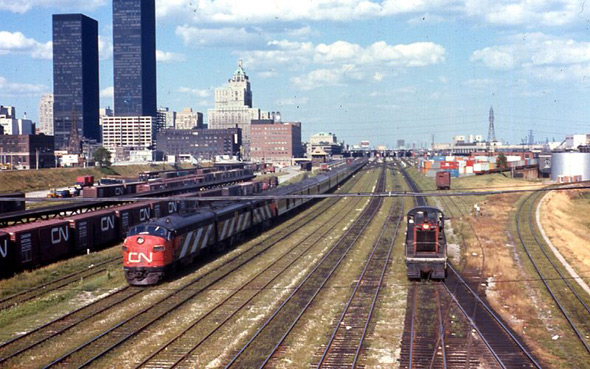
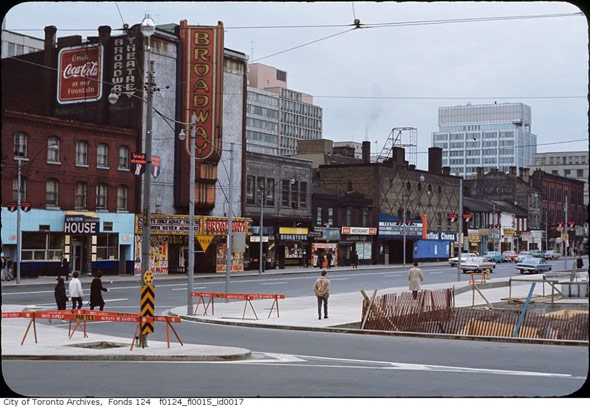
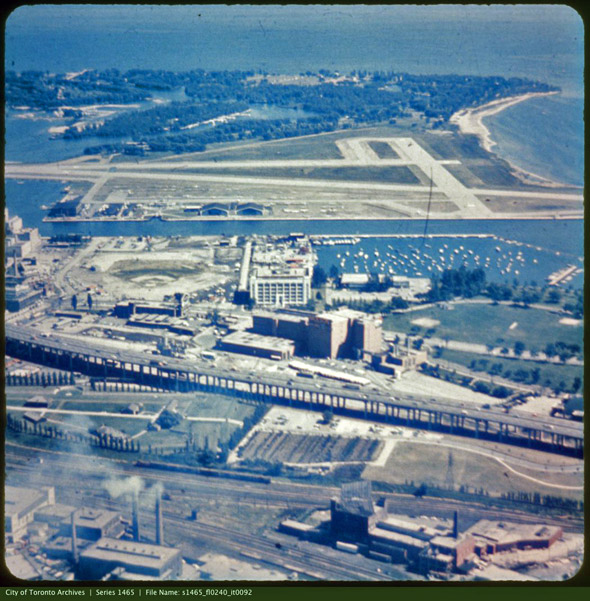
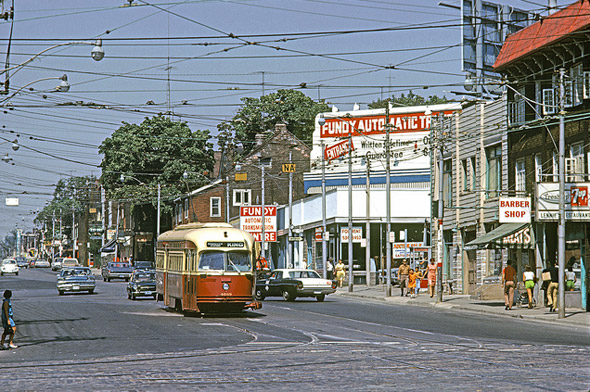
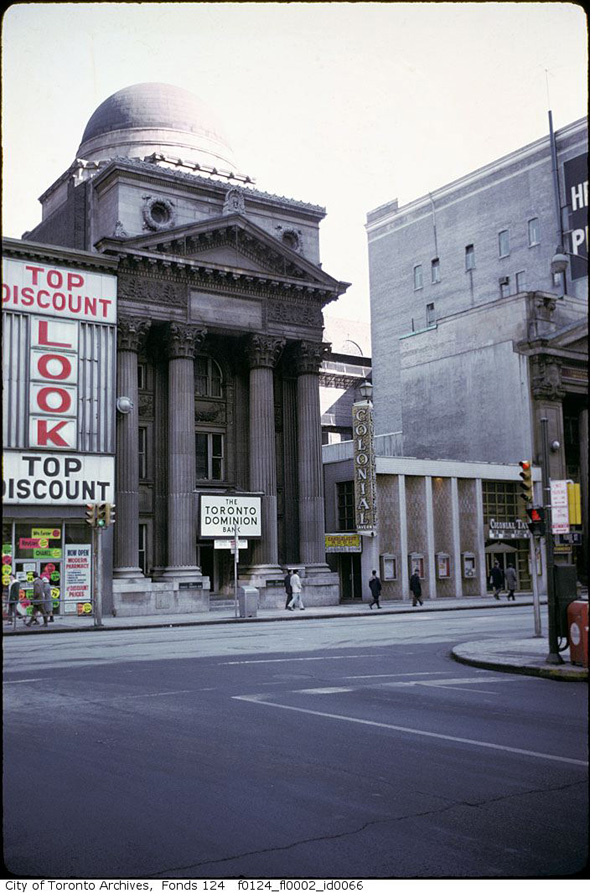
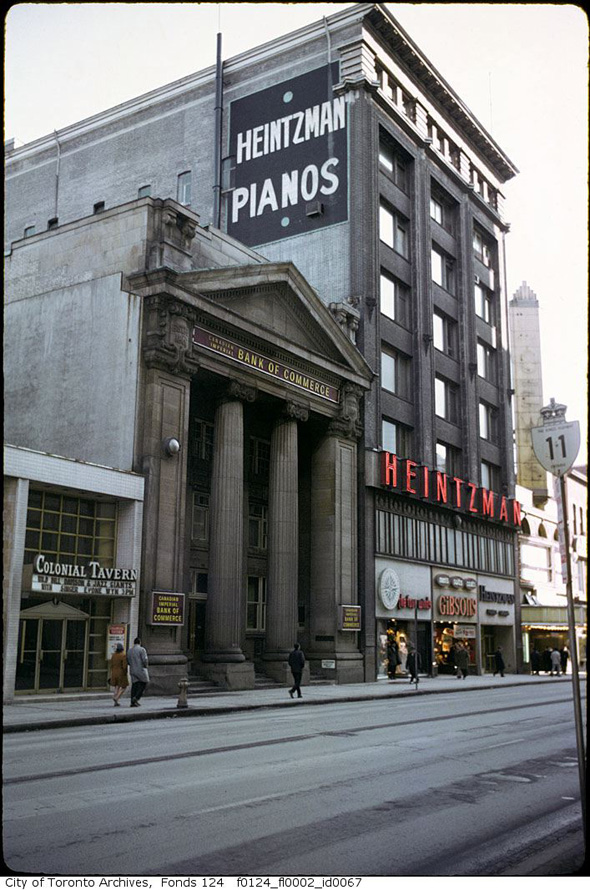
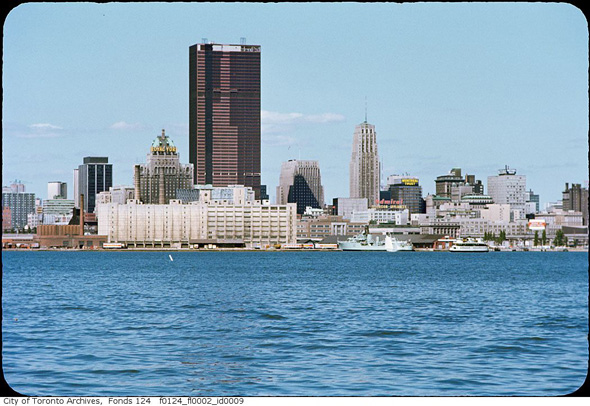
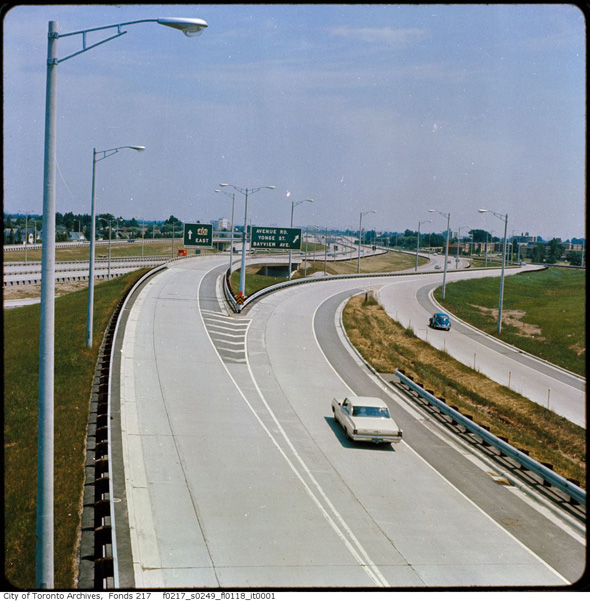
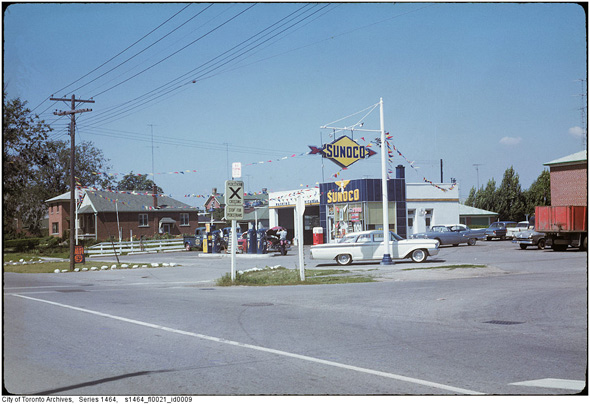
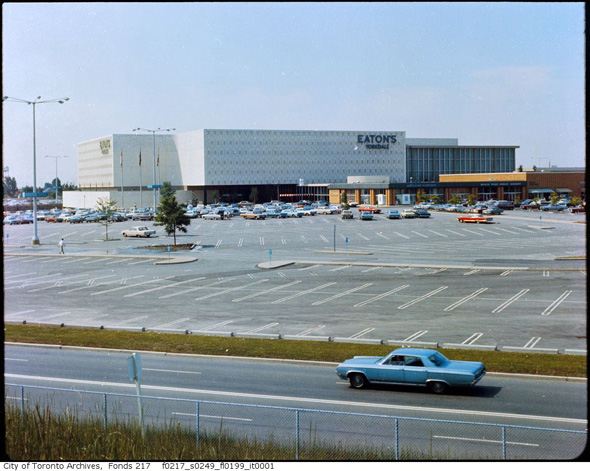
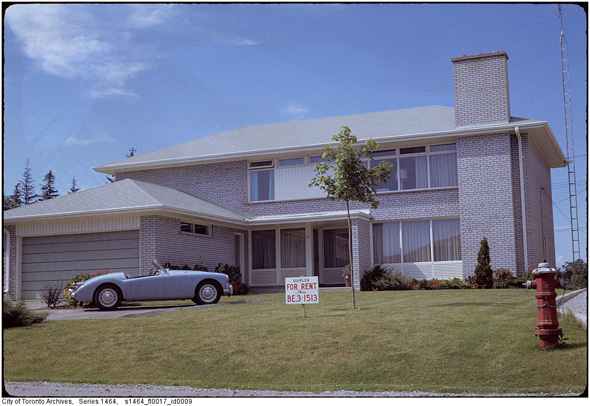
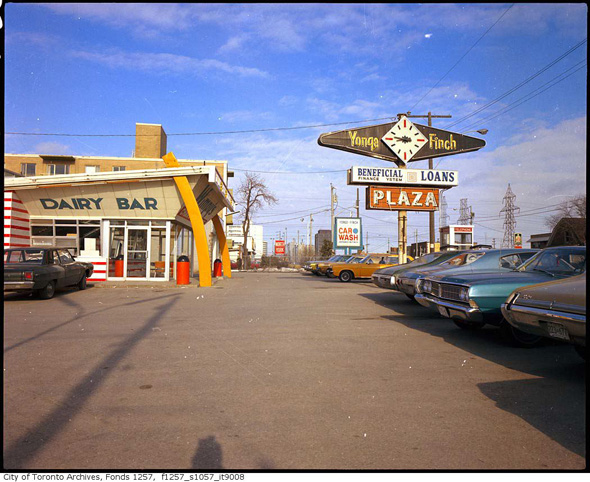
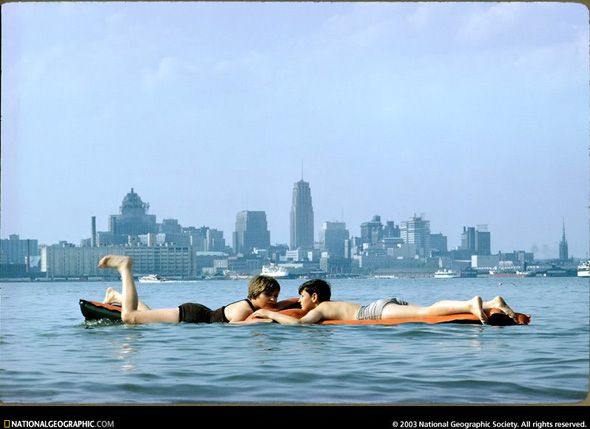
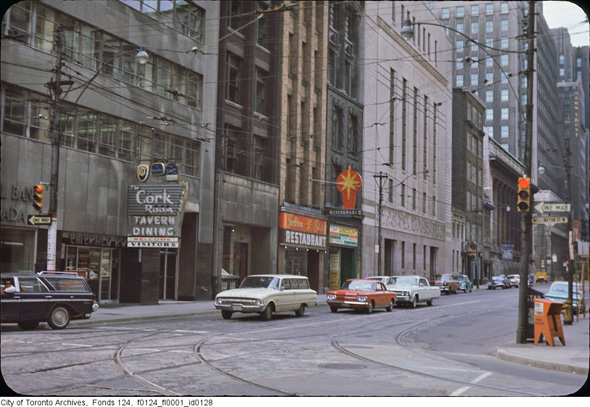
Wikimedia Commons and Toronto archives
Latest Videos
Latest Videos
Join the conversation Load comments







